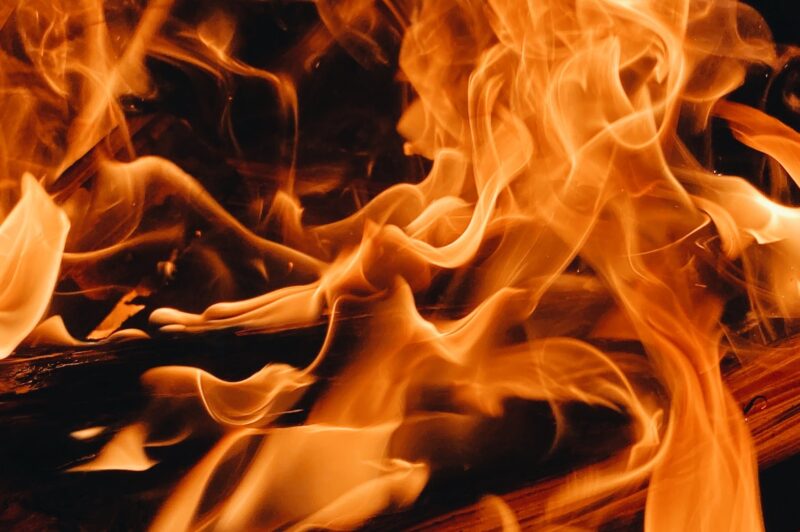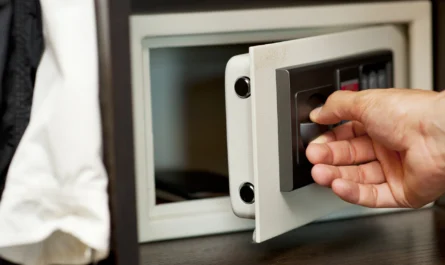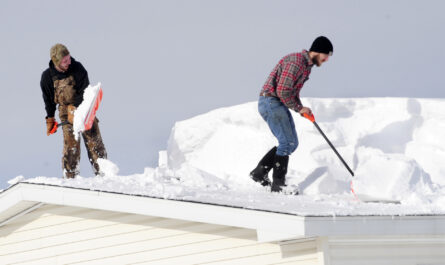If you’re like most people, you probably have a fire blanket somewhere in your home, just in case of an emergency. But how much heat can a fire blanket actually withstand? We put this question to the test and found out that, surprisingly, it can withstand quite a bit of heat!
Page Contents
What is a fire blanket?
A fire blanket is a safety device designed to extinguish small fires or smother larger ones by depriving them of oxygen. They are made from a variety of materials, but most are made from fiberglass or wool. Some are even impregnated with chemicals that help them extinguish flames more quickly.
They are usually hung on walls in kitchens or near fireplaces, and they can also be found in cars and workplaces. Many parents keep fire blankets in the home to protect their children in case of a fire.
How does it work?
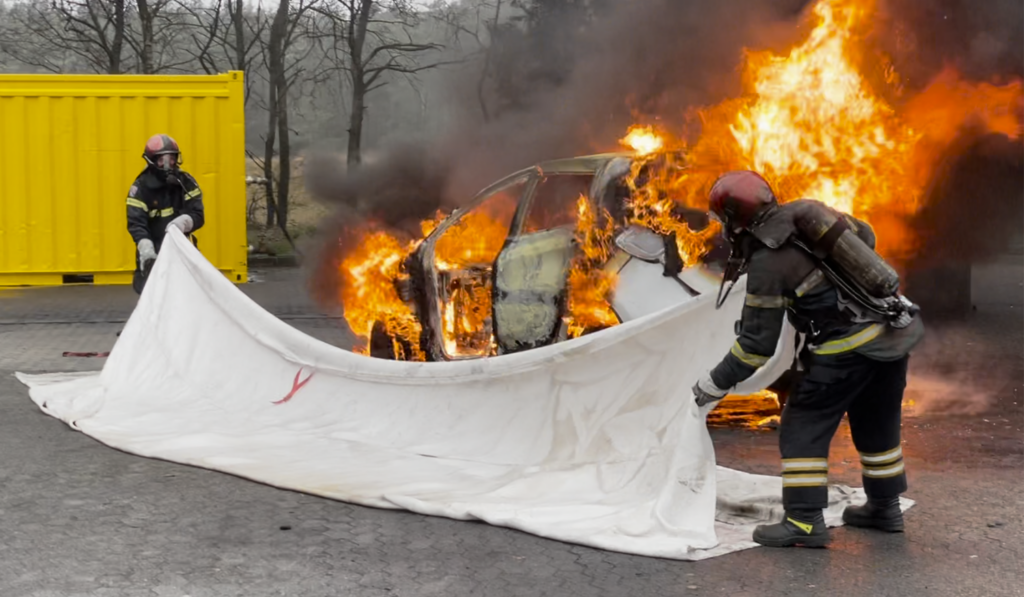
This is basically a safety device designed to extinguish small flames or to control and smother larger fires by depriving them of oxygen. Usually rectangular and made from fiberglass or other heat-resistant material, a blanket can be thrown over a person whose clothing is burning, or used to drape over and smother a small grease flame in a frying pan, for example.
Unlike suppression equipment like extinguishers that rely on an active agent like water or dry chemical powder to displace oxygen and starve the fire of fuel, a blanket physically blocks oxygen from getting to the flames. This makes them ideal for kitchens and for protecting personnel in cases of electrical fires where water-based solutions could be dangerous.
What are the benefits of using a fire blanket?
Fire blankets are used in commercial kitchens, by the military, in laboratories, and in some homes. They are also found in public places such as movie theaters and stadiums.
They have several benefits over other devices, such as fire extinguishers. They are easier to use, require no training to use effectively, and can be used on multiple types of flames.
How much heat can a fire blanket withstand?
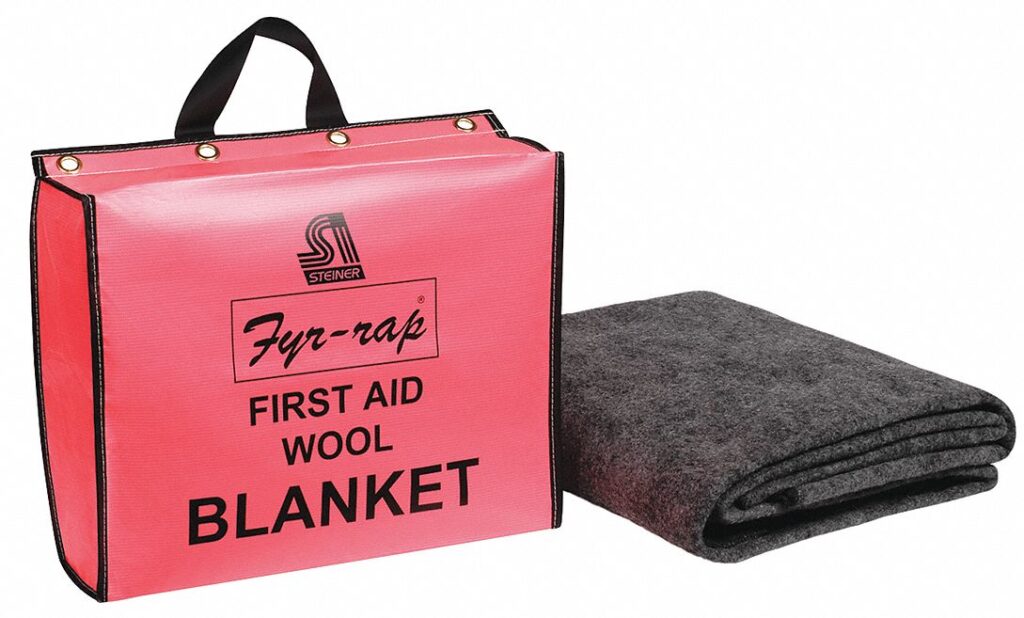
The thermal protection provided by this device depends on a few factors, including the size and weight of the blanket, the thickness of the material, and how well it has been constructed. A standard model can withstand temperatures up to 900 degrees Fahrenheit.
These blankets are made in different sizes and thicknesses to suit different purposes. Some are designed for home use, while others are meant for industrial settings. The most important factor in determining heat resistance is the material it is made from.
The two most common materials used are fiberglass and wool. Fiberglass models can withstand higher temperatures than wool, but they are also more likely to cause skin burns if they come into contact with bare skin. Wool blankets, on the other hand, are not as heat resistant as fiberglass models but are less likely to cause skin burns.
When choosing one, it is important to consider the intended use of the fire blanket. For home use, a wool or fiberglass blanket with a lower heat rating will suffice. For industrial use, however, it is better to choose a blanket made from materials that can withstand higher temperatures.
How to use one?
-Remove the blanket from its packaging.
-Hold the corners of the blanket with your hands.
-Throw it over the fire, being careful not to touch the flames.
-Allow the blanket to smother the flames by covering them completely.
-If the flames are not extinguished, repeat steps 2-5 until the fire is out.
Tips for using a fire blanket
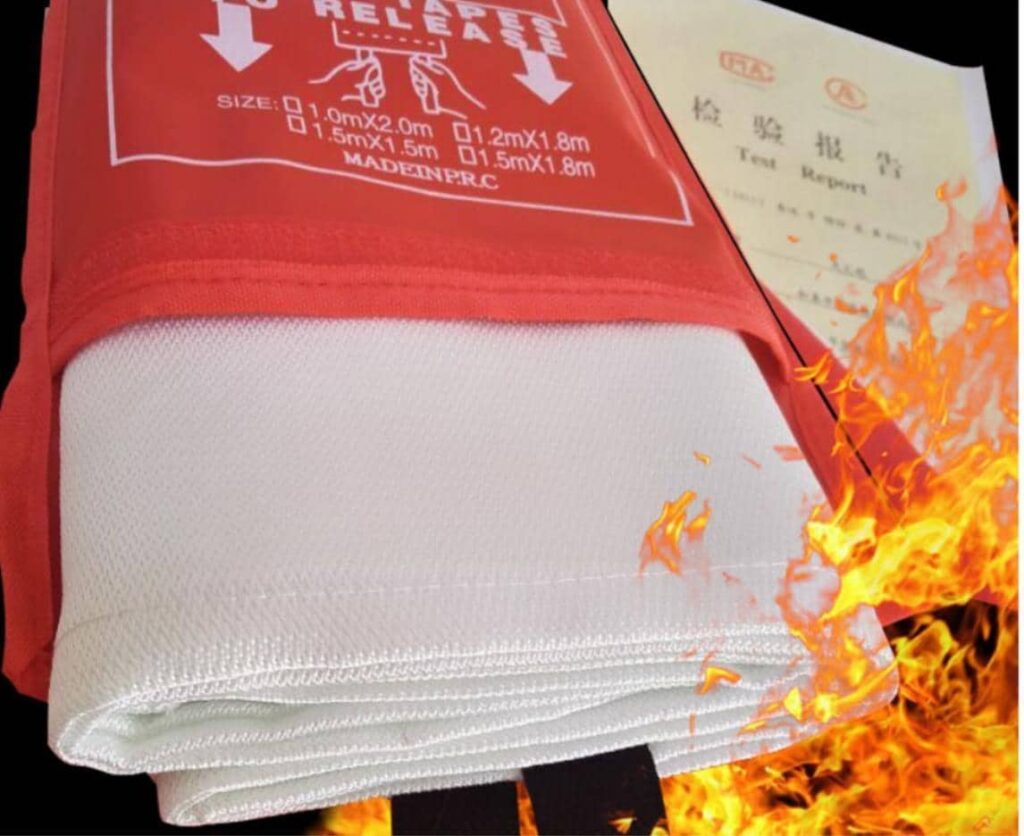
-Before using a fire blanket, make sure that you have read the instructions and know how to use it properly.
-If you see someone who is burning, tell them to stop, drop, and roll. If they cannot do this, then you can try to smother the flames with the blanket.
-Make sure that you cover the person completely. Pay special attention to their head and faces.
-If the person is not breathing, call 911 and begin CPR.
How to store it?
It must be stored in an easily accessible location, away from heat sources. An ideal location is on a wall near the kitchen or near an exit. Check the manufacturer’s instructions for specific recommendations.
Where to get one?
There are many places where you can get one. Some places include the local fire department, online stores, and home improvement stores. There are many different types of blankets, so it is important to find one that will work best for your needs.
Are there any dangers?
There are a few potential dangers associated with using it. The most common is that the blanket can catch on fire, potentially causing serious injury or even death. Additionally, using one can also create hazardous conditions in the vicinity of the blaze, including high levels of heat and toxic smoke. Therefore, it is important to be aware of the risks before using a fire blanket and to keep any potential dangers in mind.
What should I do if my fire blanket is damaged?
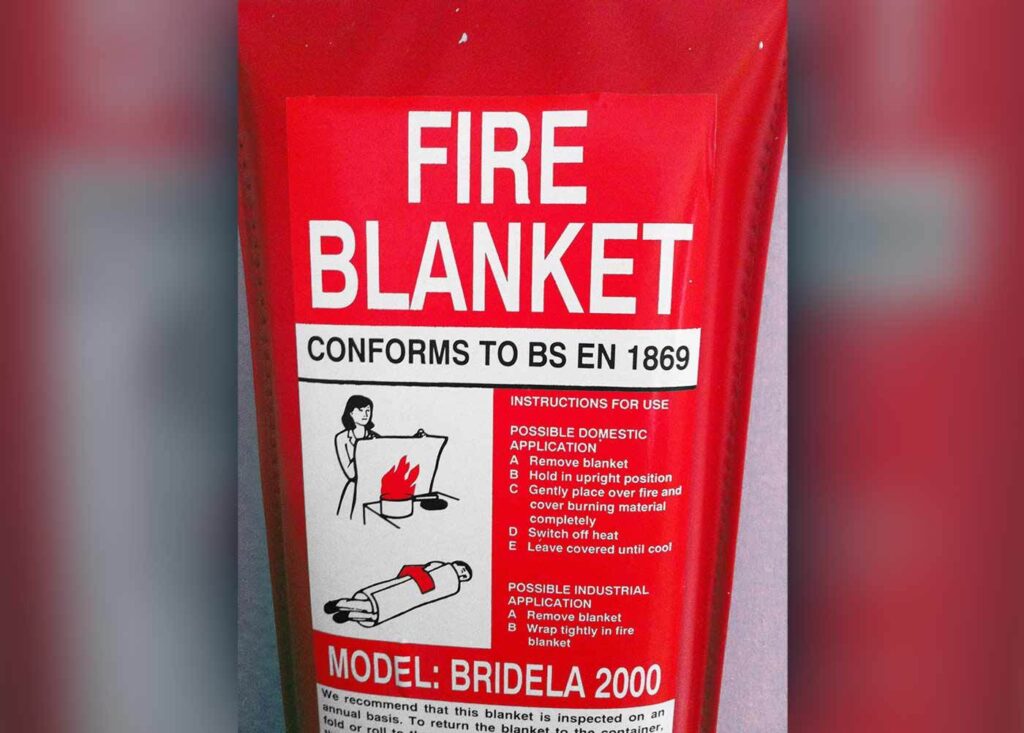
There are a few things you can do to try and fix it. First, you can try to sew the fabric back together if it’s a small tear. If the tear is larger, you may need to buy a new one. Another option is to use duct tape to fix the fabric together. Finally, you can use a flame-retardant material like polyester batting or fleece to cover it and help prevent any further damage from happening.
Probably the best option is to buy a new one, just stay on the safe side.
Conclusion
In order to help you stay warm and safe during a fire, it’s important that you know the limits of a fire blanket. This device is designed to protect people from heat exposure, but like any other piece of equipment, it has its own limitations. Knowing how much heat a fire blanket can withstand will help you make an informed decision about whether or not to use it during a dangerous situation.
